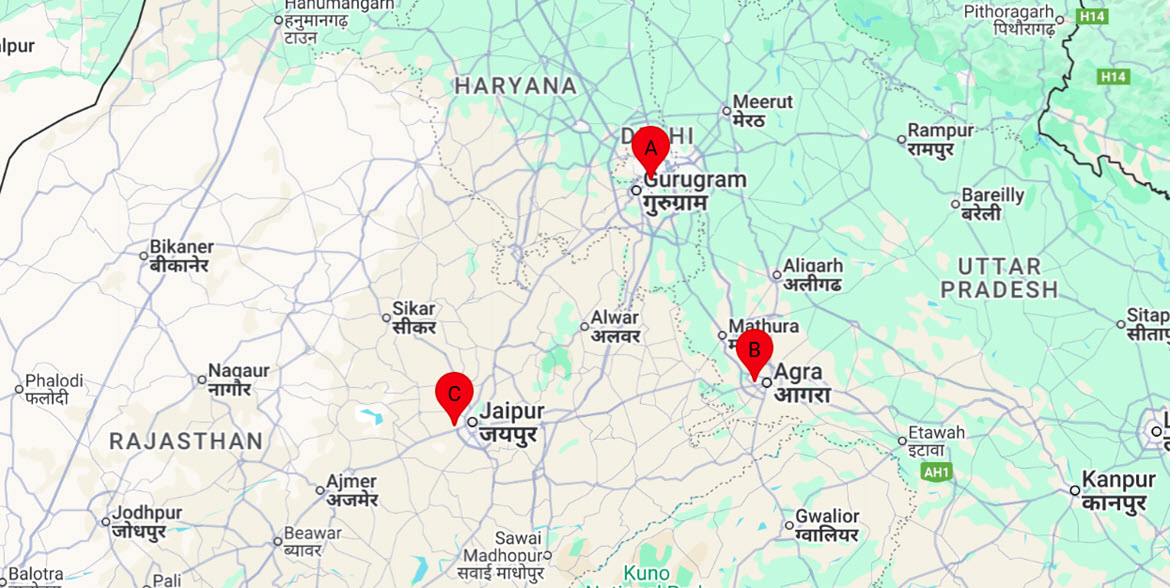Delhi
After breakfast, join a friend of Sodha Travel for an exclusive tour of Chandni Chowk by rickshaw. Witness the architectural marvels, the multicolored facades, beautifully decorated shops, ethnically dressed locals and the fragrances emanating from the potpourri of eateries that line the historical alleys.
Mughal Emperor Shah Jahan (1592-1666) built the walled city of Delhi on the banks of holy River Yamuna. It had a magnificent palace known as Red Fort, impressive mansions, enchanting bazaars, elegant shrines, royal gardens and fountains at every corner to romance ones' senses. The Emperor’s beloved daughter Jahanara designed a major street called Chandni Chowk in front of Red Fort, with a canal running down the center and pools at major intersections reflecting the moonlight.
During the British regime, the street underwent major changes and since then this area has witnessed some of the most important events in Indian history. Today these splendid ruins and tales of valor are a testimony of the evolution of the times. Chandni Chowk truly reflects the national unity, secularism and diversity of India. The tour covers 20 main sites including palaces, mansions, elegant shrines and colorful bazaars.
In the afternoon, visit the Sikh Temple (Gurudwara Bangla Sahib). In addition to the ideals of equality, the tradition of langar expresses the ethics of sharing, inclusiveness, and oneness. It is probably the largest attended community kitchen in the world. The food is freshly prepared and comprises of parshaada (roti), cooked vegetables, daal, kheer, and karaha prashad. The service is performed by the volunteers called Sewadars. This practice of selfless service goes beyond the bound of religion and serves to nourish the soul, creating a sense of unity and oneness. The experience of the Gurudwara Walk will empower you to be one of the sewadars at the Gurudwara. In the role of a sewadar, experience the ultimate joy of giving. Evening at leisure and overnight.
ST's Hotel Recommendation
Maidens
Established in 1903 to host attending dignitaries, Maidens was one of the first hotels in Delhi. Peacocks roam the spacious lawns and chocolate croissants are a personal breakfast favorite.

-1.png?width=80&name=asset%208%201%20(1)-1.png)




.png)
